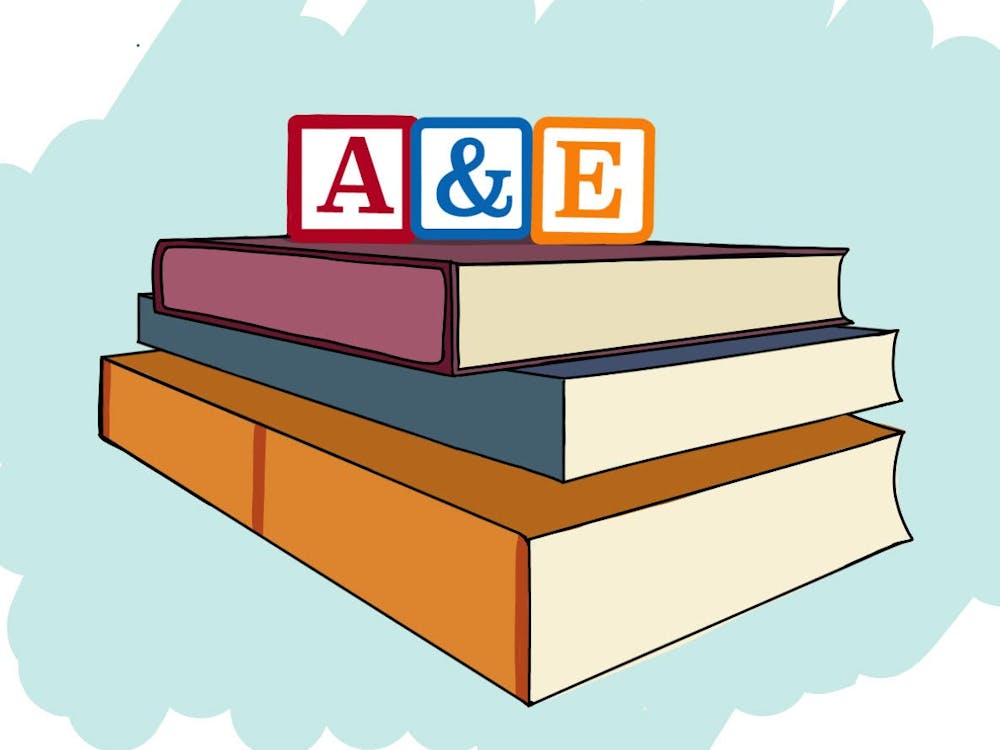Many of us are familiar with the sinking feeling of discovering your favorite artist is actually a terrible person. Sometimes shocking, sometimes predictable, it is always uncomfortable.
With the overwhelming accessibility of information granted by modern technology, it is more difficult than ever to conveniently ignore the harm done by individuals who create great art. We have been grappling with the complex relationship between art and artist for hundreds of years, but as we become increasingly aware of the people behind the art we love, and increasingly concerned with our potential complicity in all they represent, we question ourselves with heightened urgency. If we know of an artist’s offenses but continue to appreciate their work anyway, does this approval of the art extend to an implied approval of the artist? Can the two be distinguished, and if so, how?
Some advocate a total disavowal of the art of any condemnable artist, while others, equally vocal, prescribe a detached mode of analysis that privileges the work itself and minimizes its context. The question of separating the art from the artist has no simple answer, but there are many factors that can help us to critically engage with art once we know of the transgressions of its creator.
One consideration in answering the question of separating the art from the artist is the extent to which an artist’s reprehensible qualities are exhibited in their work. The racial slur by which American writer H.P. Lovecraft referred to his cat is not a peripheral detail, but simply one real-life example of the racism deeply embedded in his work, including a reference to the “primitive half-ape savagery” of non-white characters in “The Horror of Red Hook.”
Another consideration is the extent to which engaging with art directly benefits its creator. When an English teacher reads “The Tell-Tale Heart” in class, it is unlikely that this action functions to normalize the author Edgar Allan Poe’s marriage to his 13-year-old first cousin. However, when Roman Polanski wins a Cesar award for best director despite being wanted in the United States for the rape of a 13-year-old, this acknowledgement is difficult to justify.
A final consideration, one more instinctive than logical, is the way in which knowledge of an artist informs an audience’s feelings towards their work. While working on “The Shining,” Stanley Kubrick famously forced Shelly Duvall to work to the point of exhaustion and reflect on personal pain to further the authenticity of the onscreen horror. Can you truly appreciate Duvall’s performance when you are aware of the genuine terror behind her expressive eyes? Many can. However, if this insight makes you uncomfortable, your response is as legitimate as any critical conversation surrounding the film’s artistic merits, or indeed any debate of the ethics of celebrating the film despite Kubrick’s mistreatment of his leading actress.
Stripping the initial question of its complex connotations, the answer is, of course, no. Art does not exist in a vacuum, and an artist inevitably leaves traces of their personhood on even the most impersonal of works.
Still, it’s essential that the critical consumption of art is not confused with simple denial of all we find objectionable. There are ways to engage with the work of a morally questionable artist without ignoring their unfortunate qualities, or punishing yourself for your appreciation of their work.
If you are aware of an artist’s offending characteristics, proceed with cognizance. For example, if you know of a writer’s personal misogyny, take note when you encounter a negative portrayal of a female character in his work. How does this character link to what you know about his real-life relationships to and thoughts about women? Does this character serve an agenda? To what extent can she be considered an individual case versus an allegorical relic of a patriarchal society, or the artist’s beliefs about gender? The answers to these questions may vary, but the act of asking them helps you to reckon with the ways in which the artist is reflected in their own work.
Furthermore, be wary of the impact of the art you consume. If you spend your whole life absorbing images and words created by terrible people, these things will shape you, particularly if you accept them uncritically and with a complete dismissal of the role of the terrible artist in your experience of their art. Art is a powerful tool of persuasion in part because the source is somewhat obscured and your subconscious experience is engaged. You may be resistant to persuasive messaging when it comes out of the mouth of a politician, but when you laugh at a hateful joke on a sitcom, your guard is down. Don’t think you are immune.
It is impossible to completely distinguish the art from the artist, but it is also unnecessary. In fact, if you want to continue consuming the art of a controversial figure, it is crucial that you don’t deny their moral complexity. Instead, when you discover the offenses of the artist behind a beloved work, take a moment to reflect. Think about how this aligns with or departs from your expectations of who they are based on their art. When you experience their art, take note of the elements that stand out to you now that you have a better understanding of the person who created it. Discuss and debate this with other ambivalent audience members. Ultimately, you have to trust your own instincts.
The vital thing is not to reject every work of art created by a reprehensible artist. It is to honestly engage with the subtle and sinister manifestations of prejudice, violence and hatred in our culture, and to either affirm or reject works of art within their context.






